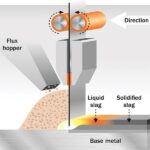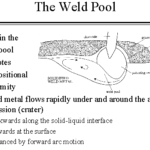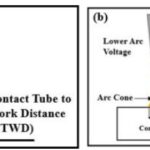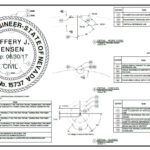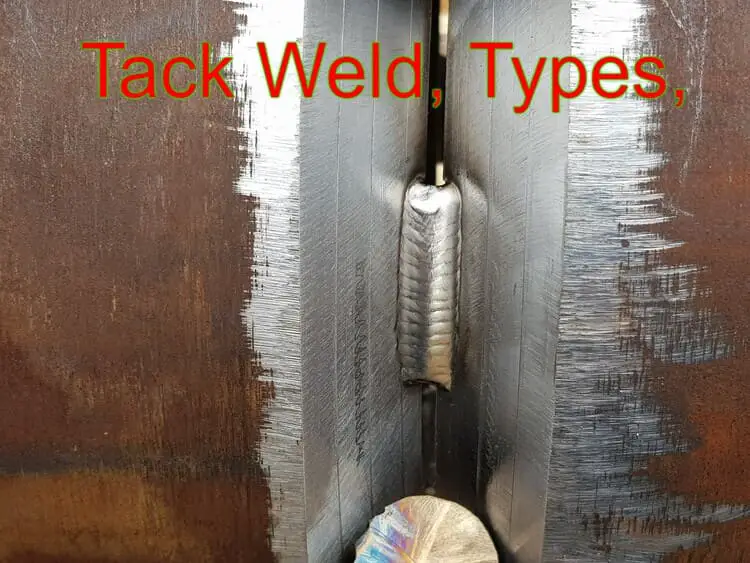What is hot-wire feed and cold-wire feed in TIG Welding?
Hot-wire feed and cold-wire feed are two mechanical feeding methods used in welding.
The hot-wire feed technique involves heating the filler metal before it enters the weld pool, reducing the amount of thermal energy needed to melt it. On the other hand, the cold-wire feed method does not involve any preheating of the filler metal.
The hot-wire feed method enhances productivity by increasing the deposition rate compared to the cold-wire feed method.
By preheating the filler metal, the hot-wire feed technique allows for faster and more efficient melting and deposition of the filler material, leading to higher productivity in the welding process.
Hot-Wire Feed
Hot-wire feed is a technique where an additional heat source is used to preheat the filler wire before it enters the weld pool. This method involves passing the filler wire through an electrically heated guide tube or a resistance heating unit. As the filler wire travels through the hot-wire system, it is heated to an elevated temperature.
The preheated filler wire enters the weld pool, which helps to increase the overall heat input and improve the welding process. The added heat from the hot wire can facilitate better fusion, penetration, and control over the weld pool.
Hot-wire feed is often used when joining thick or high-heat-conductive materials, as it aids in achieving a sound weld with good mechanical properties.
Cold-Wire Feed
Cold-wire feed, also known as cold-wire TIG welding or cold wire addition, is a method where the filler wire remains at ambient temperature as it enters the weld pool. In this technique, the filler wire is fed separately from the TIG torch and is not preheated.
The cold filler wire is introduced into the weld pool, where it melts and contributes to the formation of the weld joint. The welder controls the arc and manipulates the cold filler wire to achieve proper fusion and penetration.
Cold-wire feed is commonly used in applications where precise control over the heat input and weld pool behavior is crucial, such as when welding thin materials or performing intricate welds.

